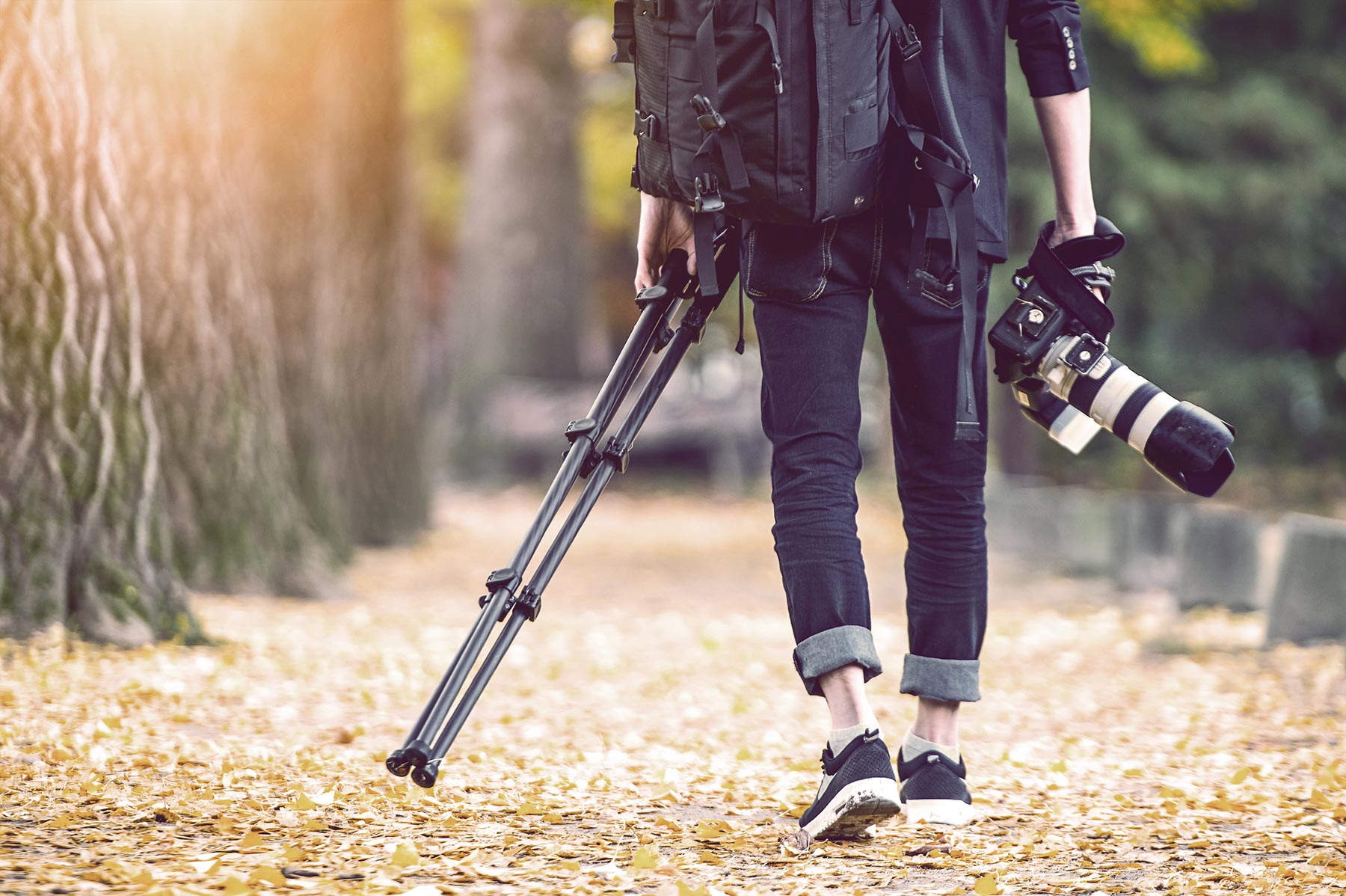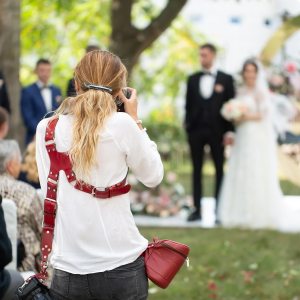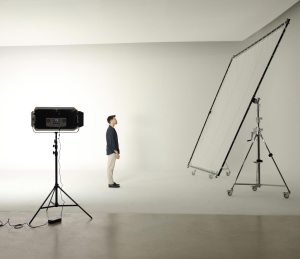Picture this: You’re in a bright, bustling daylight studio in Miami, setting up for a high-profile wedding shoot. The bride glides by, radiant and excited, when suddenly she trips over the backdrop, injures herself and damages your 10×10 foot scrim. Your dream shoot turns into a potential legal and financial disaster. This is where general liability insurance becomes saves the day, shielding you and your business from potential lawsuits and medical bills.
What is General Liability Insurance?
General liability insurance is your safety net against lawsuits stemming from bodily injury, property damage, personal injury, or advertising injury. As a professional wedding photographer in Florida, working in diverse environments like wedding venues, studios, beaches, and gardens, makes this coverage essential.
What do the key coverages of Photographer Liability Insurance protect?
- General Liability or Public Liability: Imagine a guest trips over your gear and gets hurt. This coverage takes care of medical expenses and legal fees, so you can focus on capturing beautiful moments.
- Property Damage: Your equipment accidentally damages a venue’s property. No worries—this coverage ensures you’re not footing the repair bill.
- Personal Injury: Protects you against claims of defamation, libel, or slander. Vital for those who market their services and might face advertising disputes.
- Advertising Injury: Covers you if someone claims you’ve infringed on their copyright or trademark. Given the creative nature of photography, this is a critical safeguard.
Are there Additional Liability Coverages beyond the basics?
Photographer insurance varies widely from carrier to carrier, but the following coverages can be essential depending on the needs of a particular Wedding Photographer. At Pro Photographer’s Insurance we offer the following optional coverages as add-ons when a photographer purchases our Liability Insurance.
- Hired and Non-Owned Auto: If you rent a vehicle for a shoot and an accident occurs, this coverage protects you from liability.
- Medical Payments: Covers medical expenses for injuries sustained by third parties on your premises or during your operations, regardless of fault.
- Damage to Premises: If your lighting setup causes a fire in a rented venue, this insurance covers the damage.
Unique risks where Liability can make or break a photographer’s business
The cost of annual Liability Insurance is minimal compared to the risks Florida photographers can be exposed to. General liability insurance offers significant value, letting photographers focus on their art without the concerns of potential legal and financial fallout. One added benefit of annual Liability insurance includes free, unlimited Certificates of Insurance for clients or venues who require proof of insurance or even request to be added as an Additional Insured on your policy, often the day before a scheduled shoot.
Fast, Streamlined, and Responsive Customer Service
When choosing an insurance provider, their responsiveness and support are crucial. Look for stellar reviews from other photographers like this review a satisfied wedding photographer wrote for Pro Photographer’s Insurance by RVNA:
“These people do good work. I’m a wedding photographer and sometimes need Certification of Liability Insurance forms to send to wedding venues last minute. I email them what I need and they usually have the document I need within 24 hours. This is my second year using them so far and I’m satisfied with their responsiveness and help.” —Michael A
RVNA’s level of service ensures professional photographers get the documentation they need swiftly, allowing them more time to focus on the art of photography. Pro Photographer’s Insurance also offers DIY Certificates of Insurance, so photographers can add unlimited Additional Insureds 24/7 at no cost and email the COI in minutes to a venue or their client.
Photographer Liability Insurance is a no brainer
Successful Wedding Photographers know General liability insurance is indispensable. Did you know even if you are based in Florida, photographer insurance travels with you to any wedding or event you shoot no matter which state. By securing the right coverage, you can confidently navigate Florida vibrant wedding photography scene and any other state you find yourself traveling to.
Have Questions about Photographer Insurance?
Call us at 1-800-364-2433. We understand a photographer’s business and can discuss in detail the various coverages and provide customized suggestions that are best for your photography business.










 Chicago’s wedding scene is as diverse as its neighborhoods, with ceremonies taking place in venues ranging from historic buildings and grand hotels to picturesque parks and lakeside gardens. These beautiful settings, however, also present potential risks for photographers.
Chicago’s wedding scene is as diverse as its neighborhoods, with ceremonies taking place in venues ranging from historic buildings and grand hotels to picturesque parks and lakeside gardens. These beautiful settings, however, also present potential risks for photographers. Chicago’s dynamic event scene, from large-scale corporate conferences to citywide festivals, provides ample work for event photographers. These high-energy environments, however, introduce various risks that require specific insurance coverage.
Chicago’s dynamic event scene, from large-scale corporate conferences to citywide festivals, provides ample work for event photographers. These high-energy environments, however, introduce various risks that require specific insurance coverage. Chicago’s scenic parks, iconic landmarks, and diverse neighborhoods make it a popular city for
Chicago’s scenic parks, iconic landmarks, and diverse neighborhoods make it a popular city for  As a commercial hub, Chicago presents commercial photographers with a range of opportunities, from product photography and advertising shoots to architectural photography of the city’s iconic skyline. However, working in these dynamic settings introduces high-end equipment risks and unique environmental challenges.
As a commercial hub, Chicago presents commercial photographers with a range of opportunities, from product photography and advertising shoots to architectural photography of the city’s iconic skyline. However, working in these dynamic settings introduces high-end equipment risks and unique environmental challenges. Check Venue Requirements: Many venues, whether for weddings, events, or commercial spaces, require photographers to carry general liability insurance. Always verify these requirements before starting a project.
Check Venue Requirements: Many venues, whether for weddings, events, or commercial spaces, require photographers to carry general liability insurance. Always verify these requirements before starting a project.